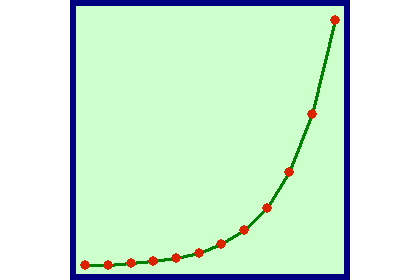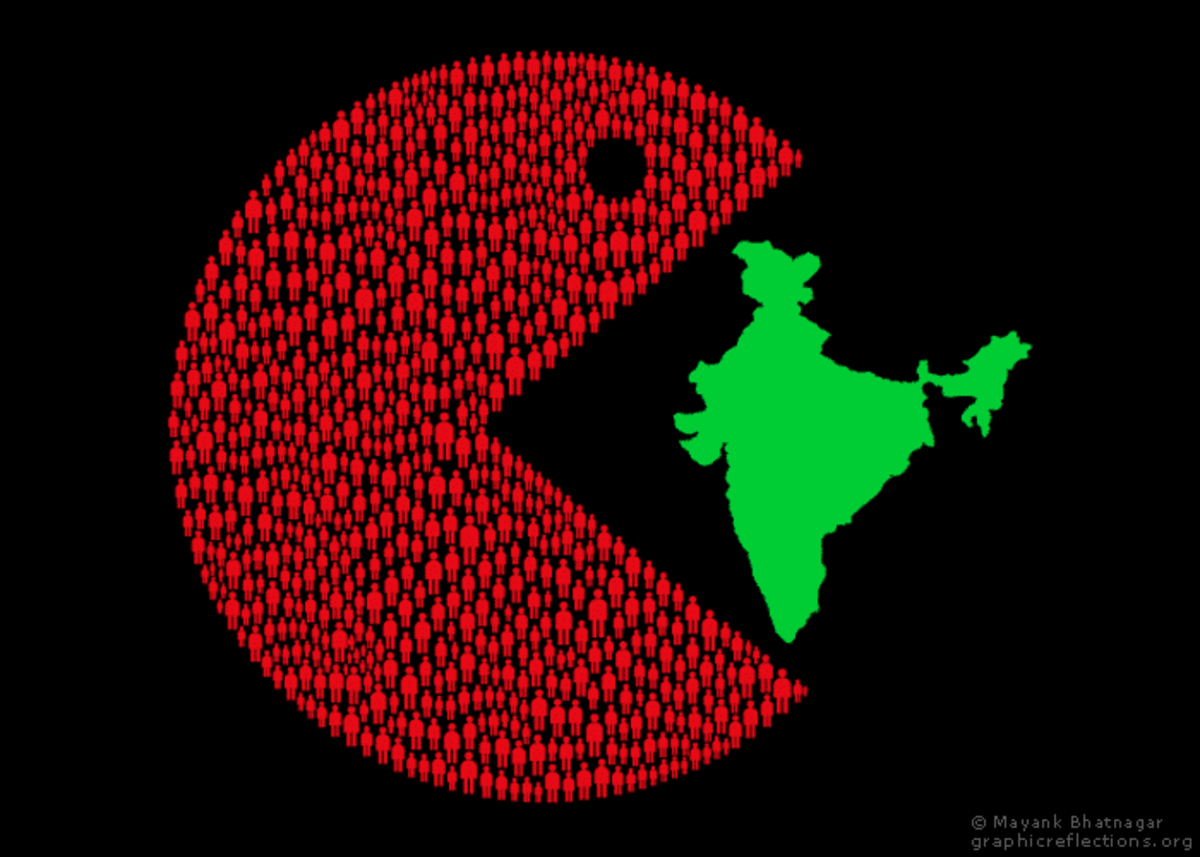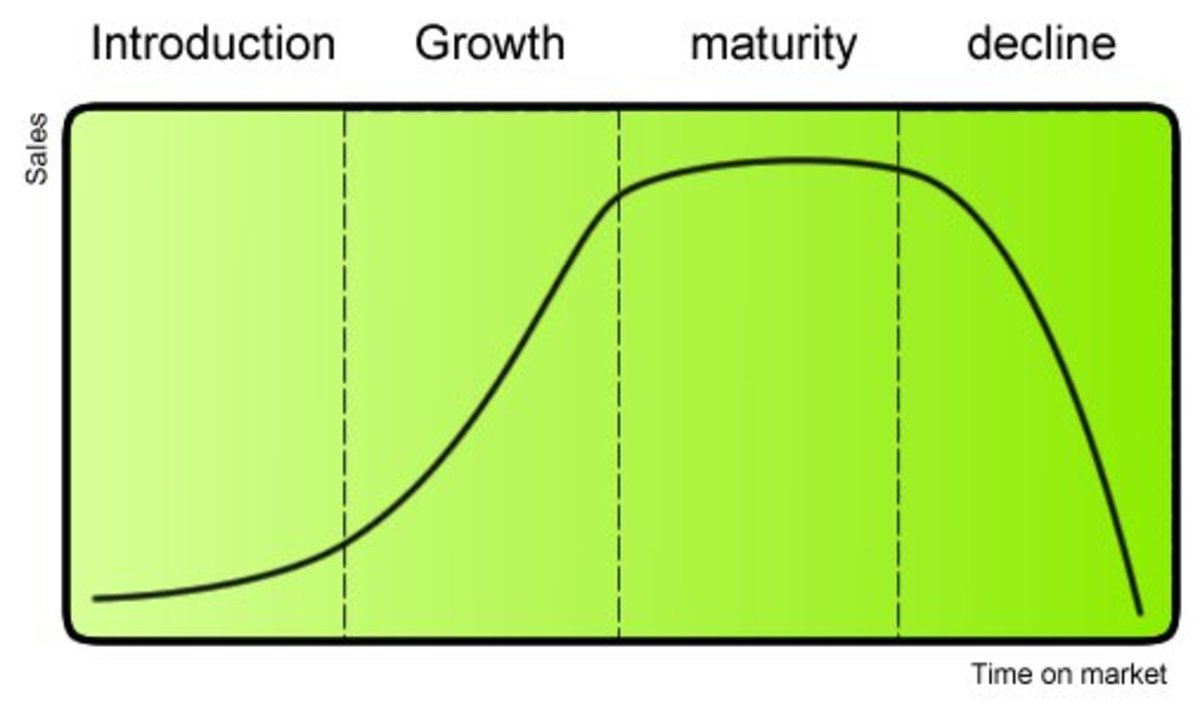Zazzling Statistics

Interesting Analysis for Zazzlers
So you've been running a store at Zazzle for a while and want to know if its performance is good, bad or ugly. This article aims to help you determine that. While not giving everything away, I am sharing some statistics from my proseller store collected during its first 5 years of operation. The information presented here provides only a partial view of one particular store - I hope you'll find it interesting and useful but I don't recommend you base your entire business strategy on it.
Article Contents
Data Source
Sales Growth
Volume Bonus Growth
Seasonality
Other Metrics
Data Source
The data analyzed for this article has been extracted from an online store at Zazzle that grew steadily over its first 5 years of operation and achieved proseller status in 2008. Zazzle provides an on-demand retail platform where contributors can create products using their own designs and set up online stores to sell those products. The store from which this data has been taken sells products with iconic designs that are relevant throughout the year. Specific annual events would not be expected to impact sales although broad seasonal variations, such as a holiday season sales increase, would be expected in line with the retail sector in general. Hence this data can serve as a general benchmark against which the performance of a store at Zazzle may be compared but does not represent an accurate model that can be used to predict the performance of any given store.
Sales Growth
Sales growth is dependent on so many different variables (type of products, popularity of designs, target markets, marketing strategies) that I'm not sure how useful data from one particular store is. However, it will no doubt be of interest, even though I am not willing to disclose absolute numbers or full details of the products/designs being sold. So to satisfy curiosity let's look at the store's growth in terms of both customers and earnings (royalties). I have taken five years worth of monthly data and aggregated it by quarter, giving 20 aggregated data points running from 2006-Q1 (Jan/Feb/Mar 2006) to 2010-Q4 (Oct/Nov/Dec 2010). I have adjusted the data so that the starting point (2006-Q1) is set to 1 customer per day and $1 of royalties per day. The results are graphed below.
We can see that in each case there has been overall growth from start to finish with an obvious seasonality at work in most years, namely a holiday season buying increase. The growth goal that I target for this store is 50% per year in part because that seems to be the achievable rate. In fact from the data I can calculate that the compound annual growth rate (CAGR) from 2006 to 2010 was 62% for customers and 43% for earnings. In other words customers are growing faster than hoped but they are buying less expensive items so that earnings growth is failing to meet the target. I would also note that customer growth is a little more steady than earnings growth although that requires some scrutiny to see in the graphs. For example you can see more clearly in the earnings picture that 2008 and 2009 were rather strange years. 2008 started off strongly, barely dropping back from the 2007 holiday season, but then didn't experience a holiday season uptick of its own. 2009 then started even lower but finally had a very strong holiday season to bring it back on track. It's hard to figure out why this was, especially as I don't keep detailed records of new product/design launches or changes in marketing activities and of course I am not privy to a range of actions that Zazzle or affiliate marketers might be taking. It's just pleasing to see that things are currently more or less back on track.
Volume Bonus Growth
Zazzle's volume bonus program has only been in effect since late 2008 so data on this is more limited. It is also driven by factors other than this one store's sales, namely sales from other stores and referral fees. Nevertheless sales from the proseller store are the major driving factor so let's take a quick look to see how the level of volume bonus has changed. In this case I've analyzed two years worth of data aggregated into 8 quarters from 2009-Q1 to 2010-Q4. Again the metric, average volume bonus per day, has been adjusted to set the value at $1 per day for the first quarter. The results are shown below.
Even this limited dataset suggests that volume bonus is not growing as fast as sales. In fact growth in volume bonus between these two years has been just 12%. One reason for this is that sales growth has been faster in geographies other than the US - each geography earns its own volume bonus but only after a certain level of earnings is achieved in that region. Another contributing factor may be that referred sales have grown faster than non-referred sales. Unfortunately that is a statistic that I have not been methodically tracking.
Seasonality - Variation through the Year
Most stores experience an increase in sales during the holiday season but exactly how much of a boost should you expect? In order to assess this for the store being analyzed here I have taken five years of royalty data (2006-2010), aggregated the royalties by calendar month and calculated the average daily royalty for each month. Since I don't wish to disclose the absolute level of royalties earned the results have then been normalized so that the overall average is $1 per day. Note that the metric is $ per day not $ per month - hence February not only has the worst $/day average (just) but as a month its performance will be even poorer because it typically only has 28 days. The results are depicted in the graph below.
I like this graph because the five year picture is so clear even though some years have had rather strange variations outside of the holiday season. One way to summarize this picture is to say that September is 'Mr Average', hitting the $1/day almost exactly. In the months before September sales are rather depressed, running at about 70% of average with a small uptick in early summer. However from September onwards holiday season buying begins to kick in with December sales running at about three times the level seen before September.
An important caveat here is that this behavior is likely to be very dependent on the type of merchandise being sold. The store being assessed has little that would cause seasonality outside of the holiday season but other stores will certainly differ. A store focused on wedding items for example is likely to have stronger sales during the warmer months. Hopefully this data will provide a useful backdrop against which to assess your own store's seasonality.
Variation through the Month
Does demand depend on the time of month? I've seen people suggest that sales pick up at the beginning or end of the month but does the data support that? In order to assess this I've aggregated the same five years worth of data by day of the month. As before I have calculated the average daily royalty, in this case for each day of the month, and normalized the results so that the overall average is $1 per day. Here is a graph of the results.
The graph shows that the average royalty per day stays rather constant throughout the month. There are a couple of peaks in the second week but they are quite likely to be chance occurances - the spike at day 13 for example is caused by an exceptional sale that occurred about four years ago. Perhaps the only significant effect is a slight slackening off in week 4. This would be consistent with people waiting for end of month paydays, especially if those paydays occurred at the end of the fourth week.
Variation through the Week
Finally it is worth looking at how demand varies according to the day of the week. Do most of your customers buy during the workweek or do they wait until the weekend? To assess this for the store being analyzed here I took the same five years worth of data and aggregated it according to the day of the week. As before this was used to calculate the average daily royalty, which was then normalized so that the overall average was $1 per day. The results are shown below.
Again this presents a rather clear picture. There is not much variation between the weekdays but clearly Saturdays are quite a bad day for this store with earnings running at about 65% of the overall average. Whether this is true for Zazzle stores in general can only be speculated upon but it is quite plausible that people have better things to do on a Saturday than sit in front of a computer buying novelty t-shirts or similar items.
Other Metrics
There will no doubt be other statistics of interest to the serious zazzler and as a store grows the increasing amount of data available will enable other questions to be addressed. One example would be to look at the number of sales as a function of product views. For the above store this will have to be the subject of another article but hopefully the above has suggested a useful starting point as you consider the growth of your business.
© 2020 Sven








